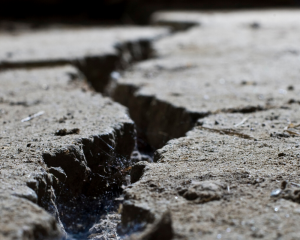 Concrete is known for its durability and its hardness (hence, the word concrete). Homeowners specifically prefer this material when choosing their floors because they know it will last long. However, concrete is not immune to cracking. This begs the question if the concrete is strong, why does it crack?
Concrete is known for its durability and its hardness (hence, the word concrete). Homeowners specifically prefer this material when choosing their floors because they know it will last long. However, concrete is not immune to cracking. This begs the question if the concrete is strong, why does it crack?
Have a Concrete Crack? Here Are 5 Reasons Why
1. Too much water placed in the mix
When concrete is being prepared, some contractors tend to add more water in the mix than what is needed. While this is not a form of bad practice, more water makes concrete easier to build. The more water the mix has, the more prone concrete is to cracking even when it is still on the drying stage.
2. Changes in temperature
Changes in temperature, like a sudden drop in temperature, can cause concrete to crack especially when the concrete is still in the drying stage. If it is suddenly warm and sunny, then the concrete can dry up quickly which will cause it to crack. On the other hand, when it is suddenly cold, moisture can form in the concrete which adds water to the still drying material.
3. Fast drying
There are also times when the concrete dries fast. This is usually due to high temperatures 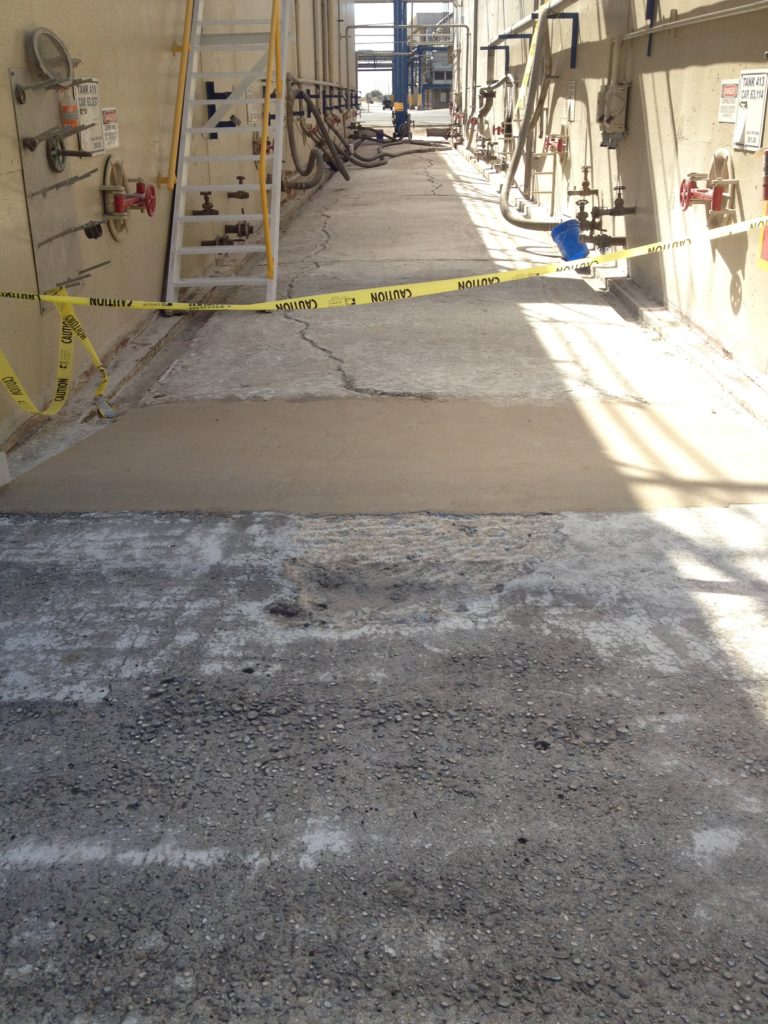 that evaporate the water particles in the concrete mix.
that evaporate the water particles in the concrete mix.
It usually takes from a few days to a week for concrete to dry completely. This whole process takes a while because the cement mix in liquid form hardens into a solid form. In order for this to happen, enough water is needed. If the water gets evaporated faster, the concrete mix is most likely to crack.
4. Lack of control joints and improper installation
Control joints are placed beside the concrete to help prevent cracks. It is a form of preventive measure to ensure that the concrete is secured during its drying process. If you’ve seen a sidewalk being made, the control joints are those grooves you see at the side of the concrete that help line it up.
However, there are some contractors who do not add enough control joints on concrete slabs. There are also some who put control joints very far apart making it useless for the concrete to harden without support.
5. Concrete is poured during cold weather
It is not only during the warm seasons that concrete is prone to cracking. When concrete is poured during winter, chances are that they also dry fast. Since drying fast causes cracks, you can expect more cracks on your concrete when it is poured during very cold weather.
What to Do When Concrete Cracks
When you see concrete cracks during the curing stage, don’t panic. Usually, cracks lessen once the concrete is fully cured. When the concrete is fully cured, some of the cracks will not be visible, much less detectable. However, you can always bring this up to your contractor if you are very worried. They can also explain to you properly how they intend to prevent those cracks.
In the event that your contractor does not take this seriously, you can bring in an independent engineer to check for the quality of the concrete. They can tell you if your concern is a serious issue or it is only normal and wait for the concrete to settle.
On the other hand, if after the concrete has cured and there are still big cracks, then this is the time to be alarmed because this is not the finished product of concrete when done right. You have to take this up with your contractor. It is best to withhold their payment until they fix the concrete problem.
Call Extreme today for a free quote on your next concrete construction project in California!


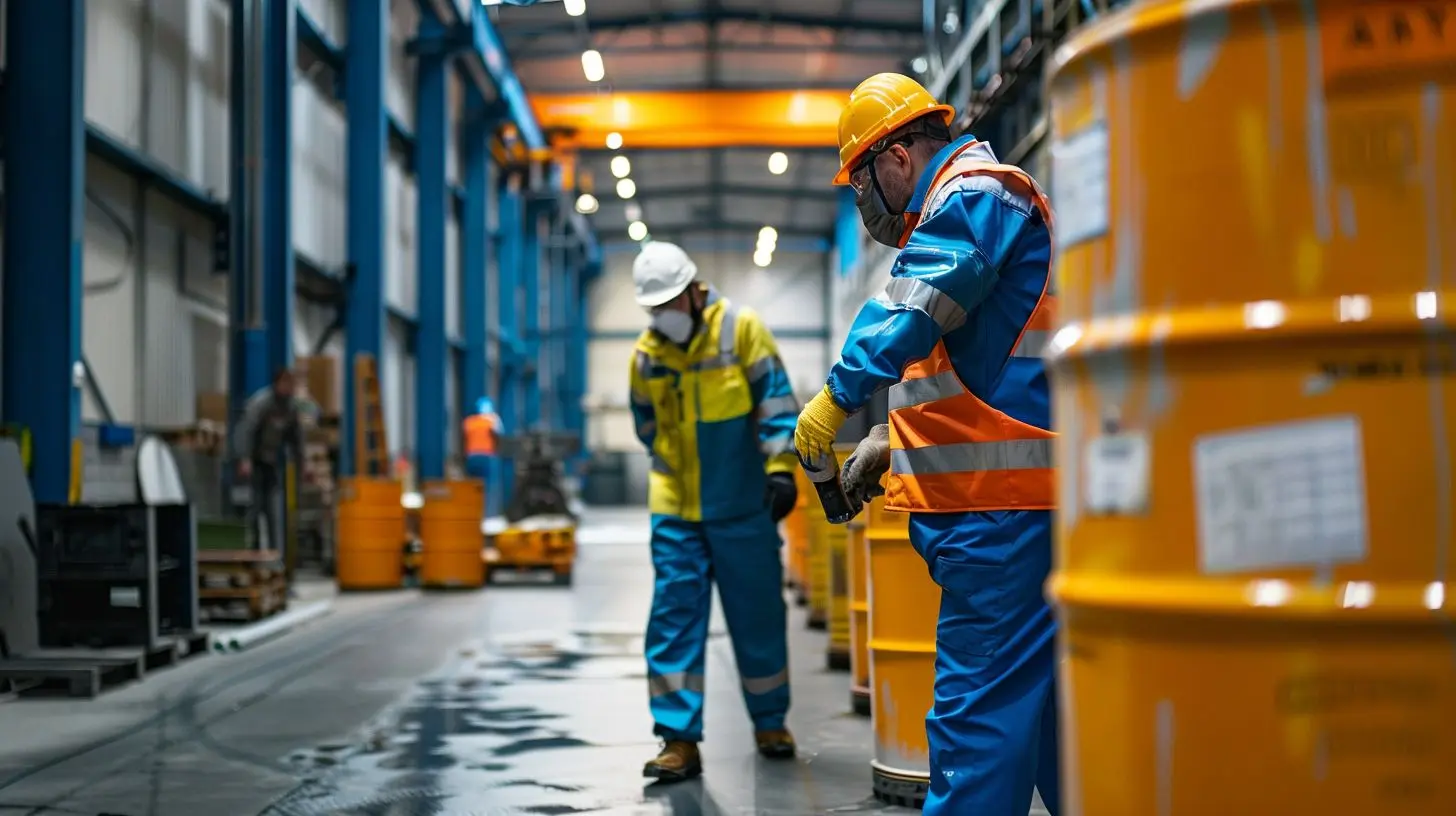
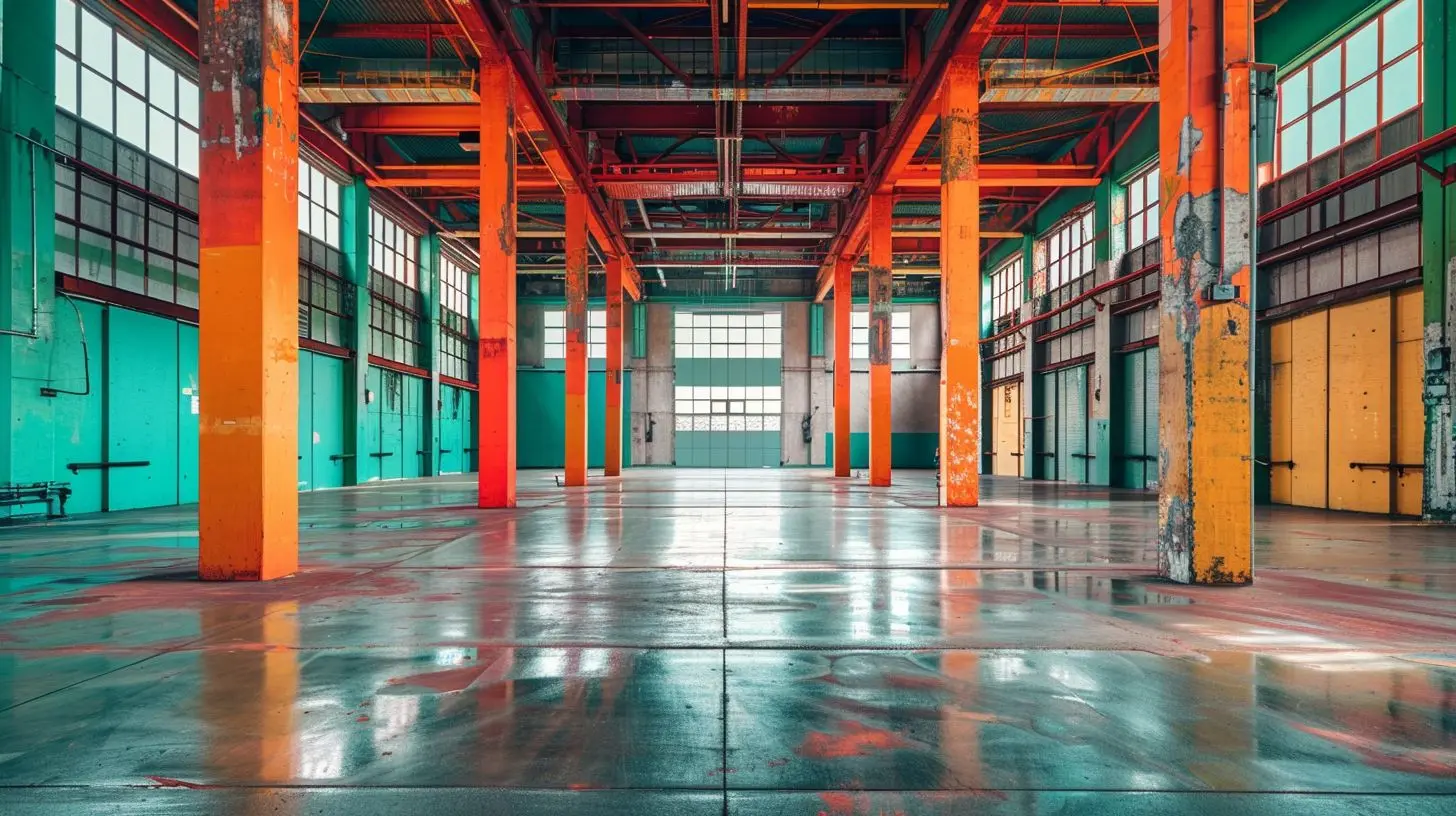
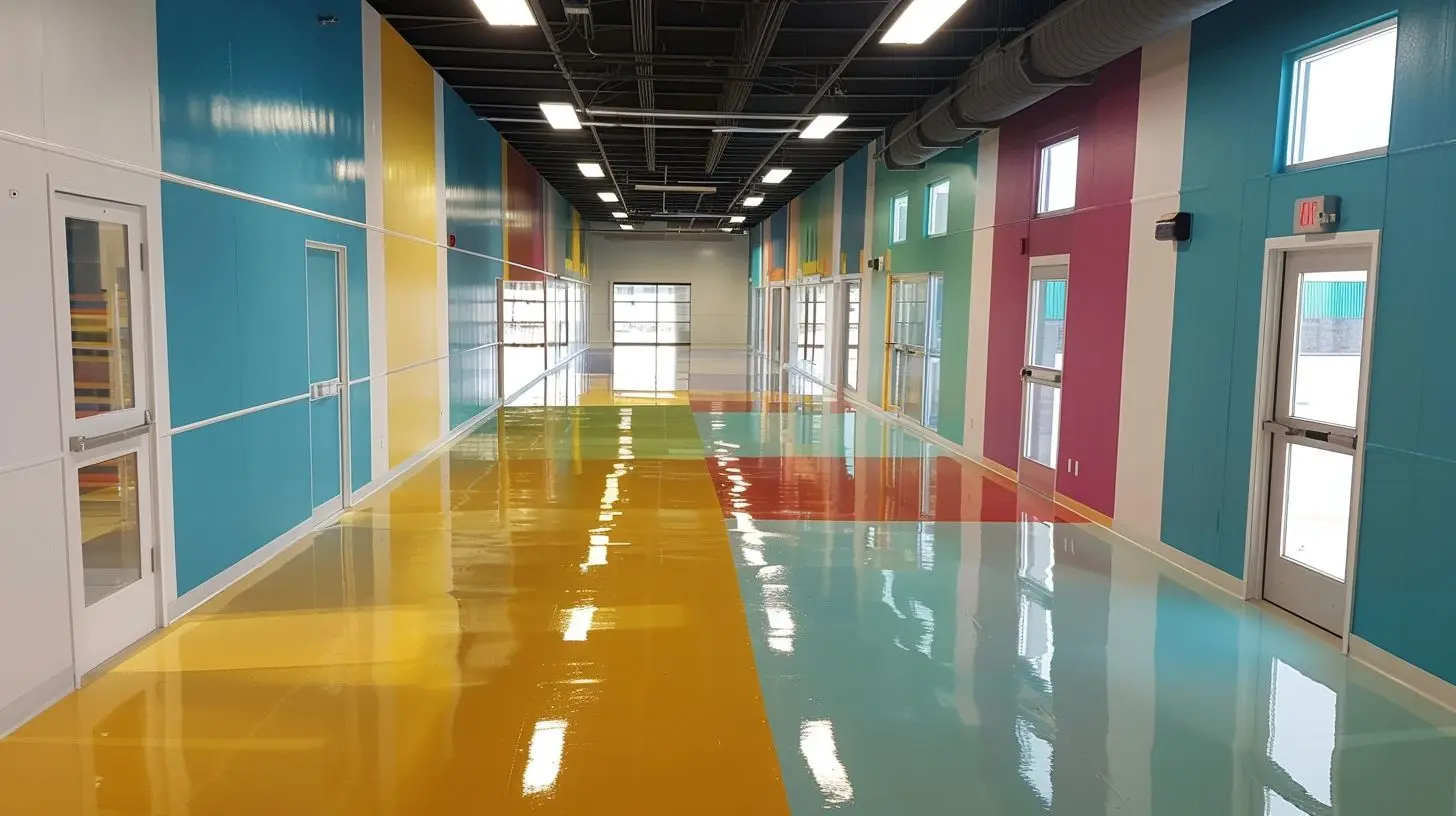


This is a really nice post! The concrete floor is durability, long-lasting, and quick dry. The reason for concrete crack first is concrete dries fast. second is Concrete is poured during cold weather. third is Lack of control joints and improper installation and much more Thanks for sharing amazing information!
Ah, so these are the reasons behind concrete cracking. I didn’t know this, so it’s good I have an idea about it now. If you have more content to share on concrete, please do so.
It got my attention when you said that concrete can crack when there is a sudden drop in temperature. This could be the reason why the concrete walls on the exterior of our house formed cracks and some minor issues. Since we want to improve the overall appearance of our house before selling in in April, we will hire a cement rendering service.